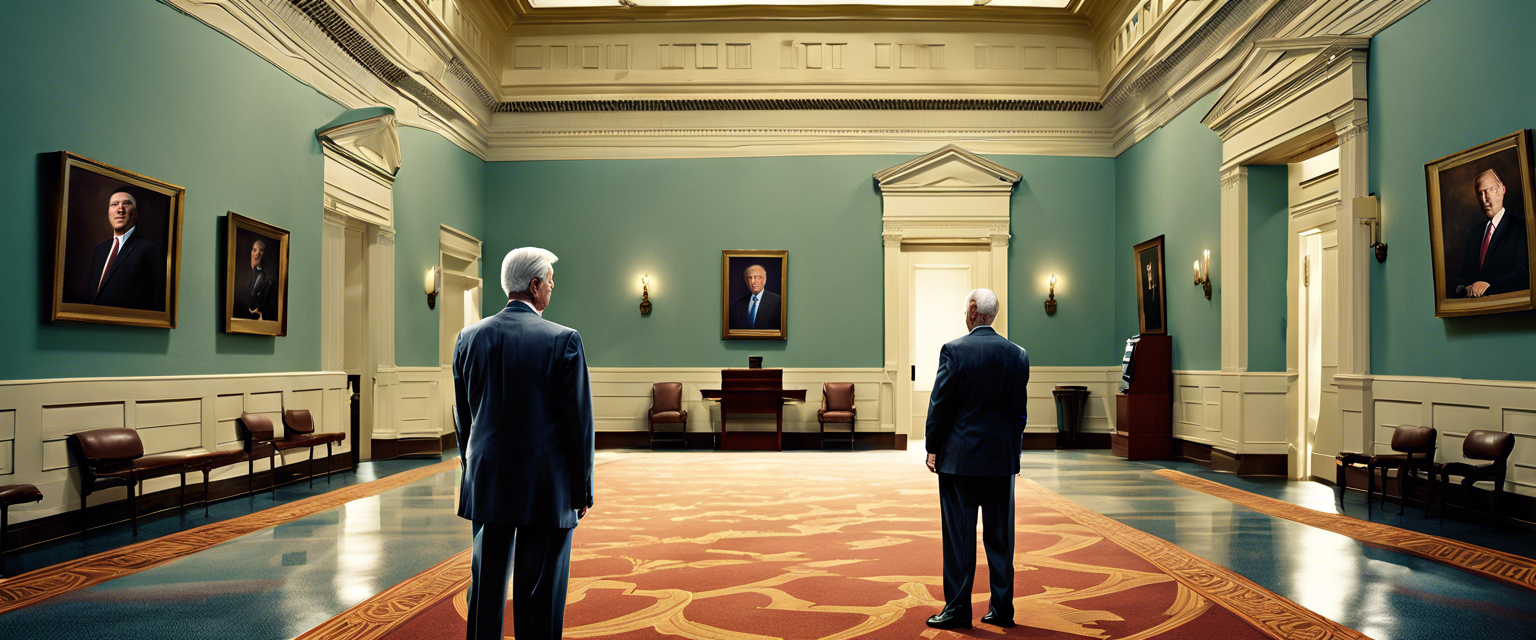Controversial Decisions Loom for the Federal Open Market Committee
Recent insights from Deutsche Bank economist Matthew Luzzetti shed light on the potential for contentious policy decisions among the voting members of the Federal Open Market Committee (FOMC). As the economic landscape evolves, especially with inflationary pressures and a softening labor market, the dynamics within the committee could shift significantly.
Key Players in the FOMC
This year, four regional Federal Reserve Bank presidents will lend their voices to the FOMC's voting process:
- Austan Goolsbee - Chicago Fed President, widely regarded as one of the most dovish voices on the committee.
- James Bullard - St. Louis Fed President, expected to take a hawkish stance.
- Esther George - Kansas City Fed President, also aligned with potential hawkish policies.
Implications of Diverse Perspectives
Luzzetti highlights that a diverse panel within the committee can lead to increased disagreements. This is particularly relevant if inflation continues to rise while the labor market shows signs of weakness. Such a scenario could place considerable pressure on the Fed's dual mandate: fostering maximum employment while stabilizing prices.
Understanding the Dovish vs. Hawkish Spectrum
The terms "dovish" and "hawkish" represent contrasting approaches to monetary policy:
- Dovish - Advocates for lower interest rates to spur economic growth, often prioritizing employment.
- Hawkish - Supports higher interest rates to combat inflation, focusing on price stability.
The Role of New Voices on the Committee
Interestingly, Bullard and George have not previously voted in the committee, suggesting their perspectives may introduce fresh dynamics. The mix of established views alongside new members could further complicate policy discussions. If inflation persists at elevated levels, the tension between dealing with rising consumer prices and supporting employment could lead to significant debate within the FOMC.
Conclusion: A Critical Period Ahead
As the Federal Reserve navigates these challenges, both the market and policymakers will be keenly watching the developments in the FOMC's decision-making process. The coming months may reveal pivotal strategies impacting the broader U.S. economy, with implications for inflation, employment, and growth.
Keep an Eye On: Developments in the Fed's policy decisions, economic indicators like inflation rates, and labor market reports.



Залишити коментар
Усі коментарі модеруються перед публікацією.
This site is protected by hCaptcha and the hCaptcha Privacy Policy and Terms of Service apply.